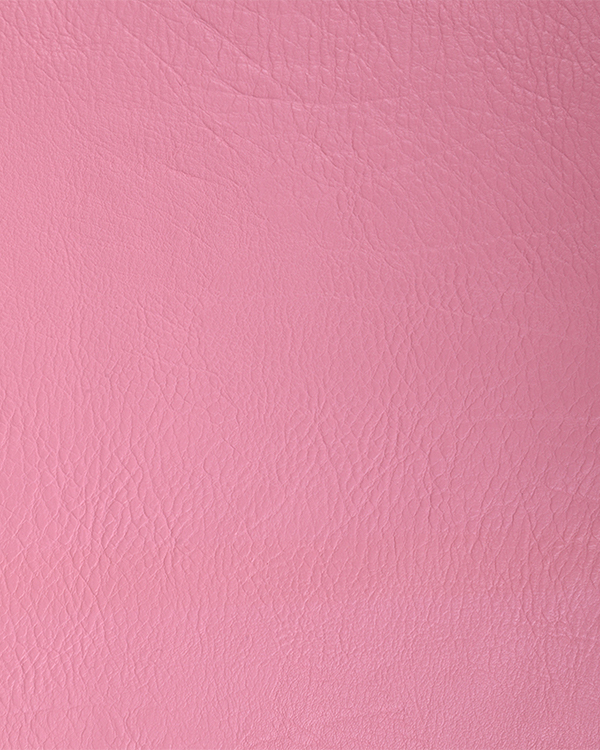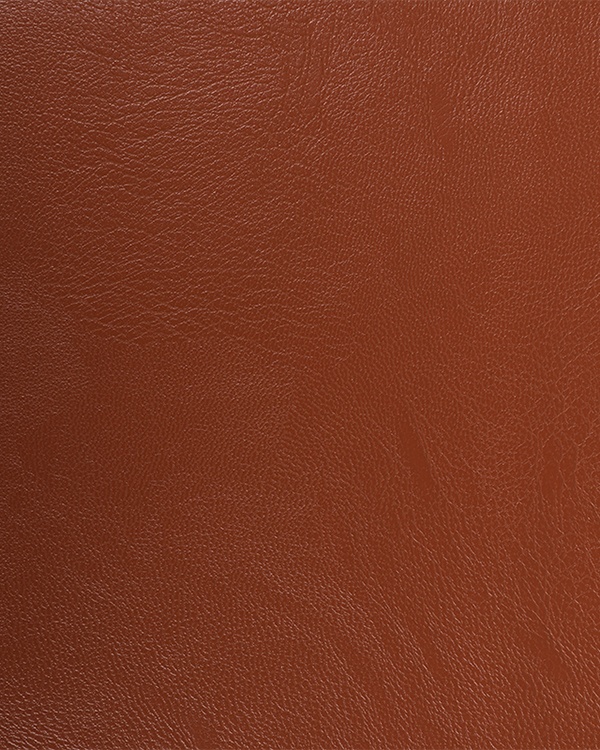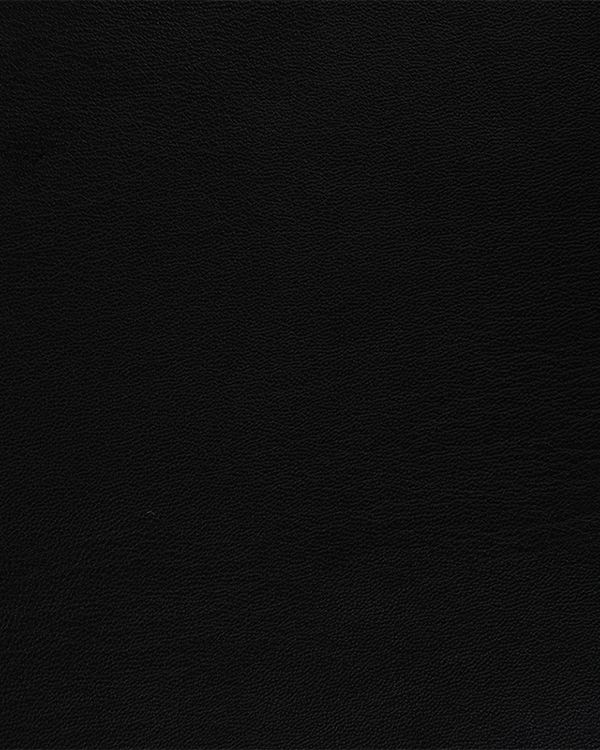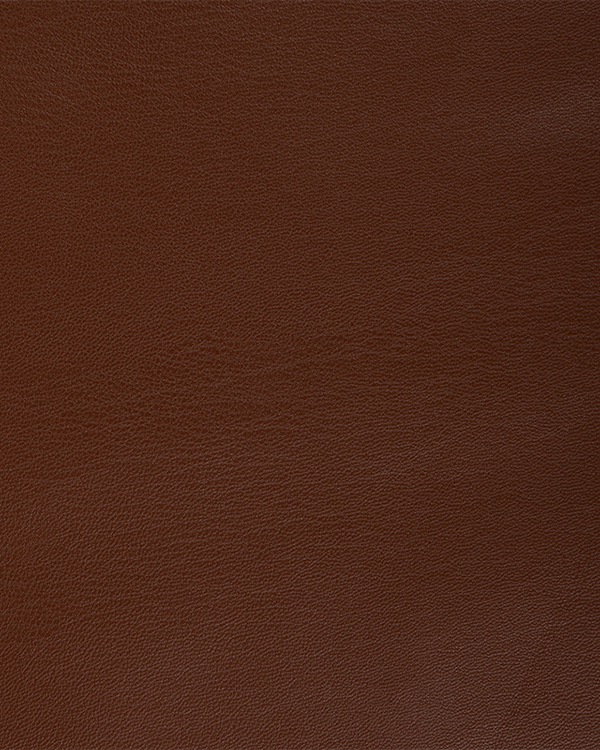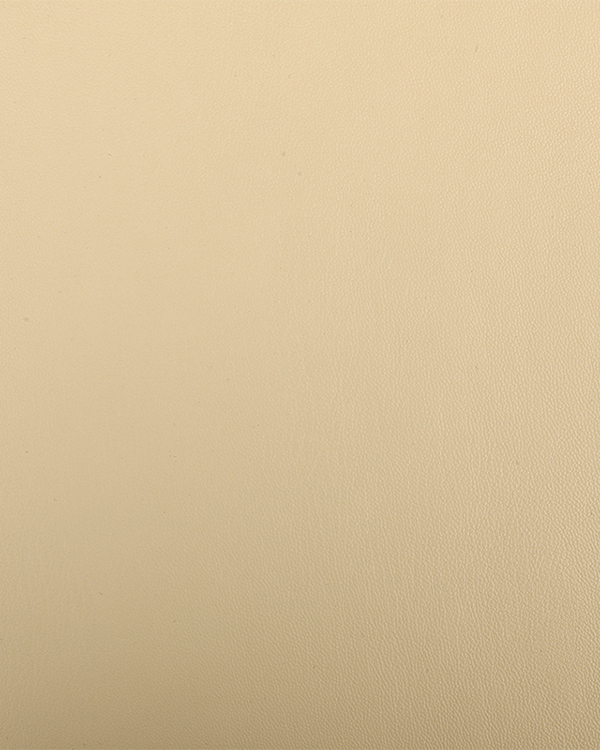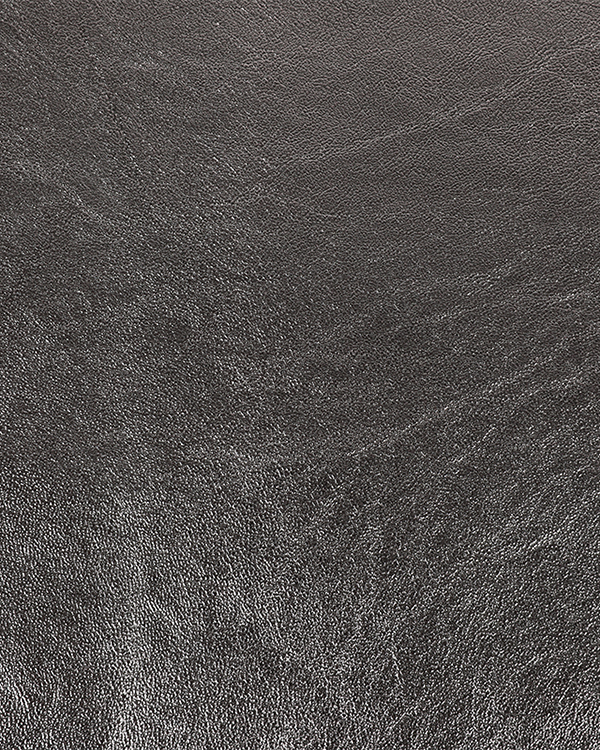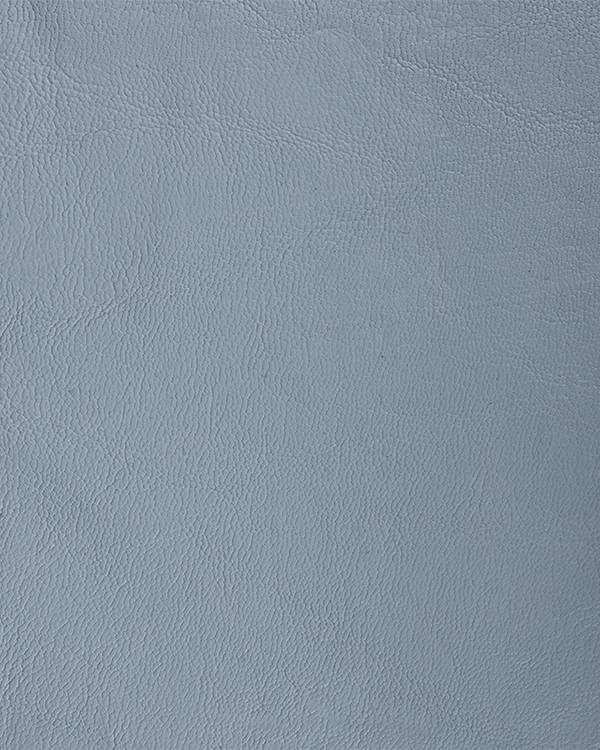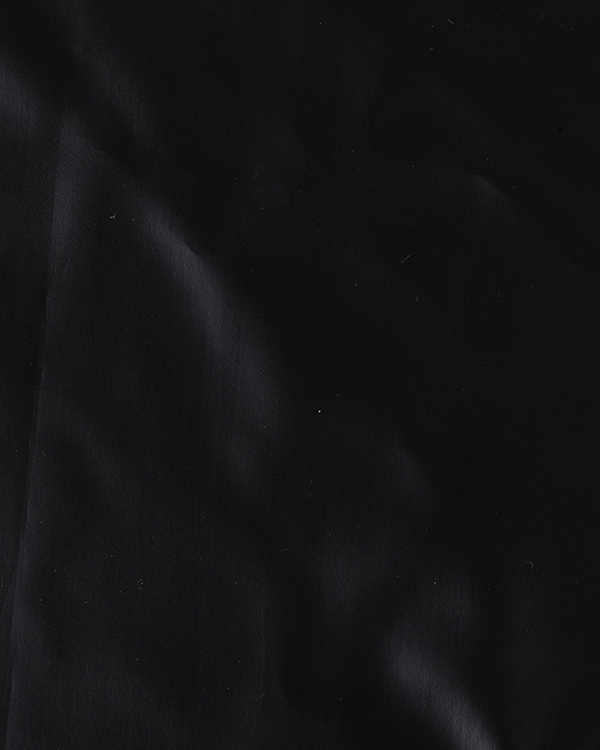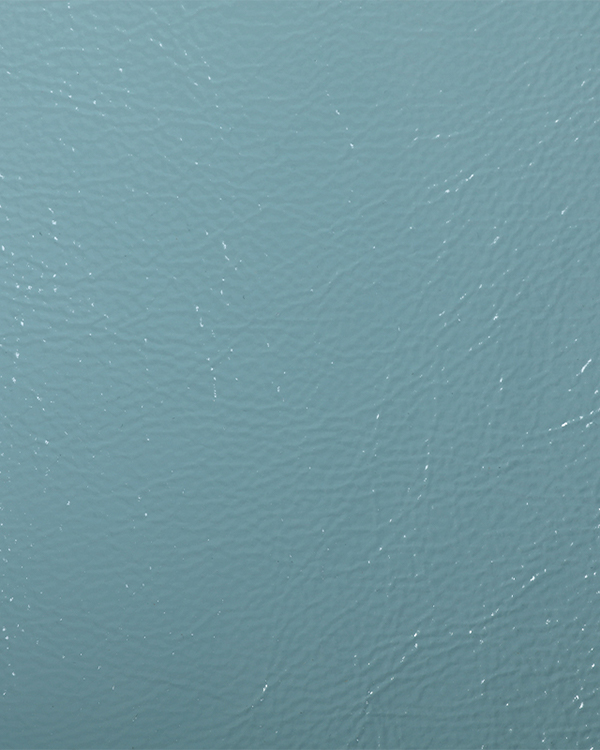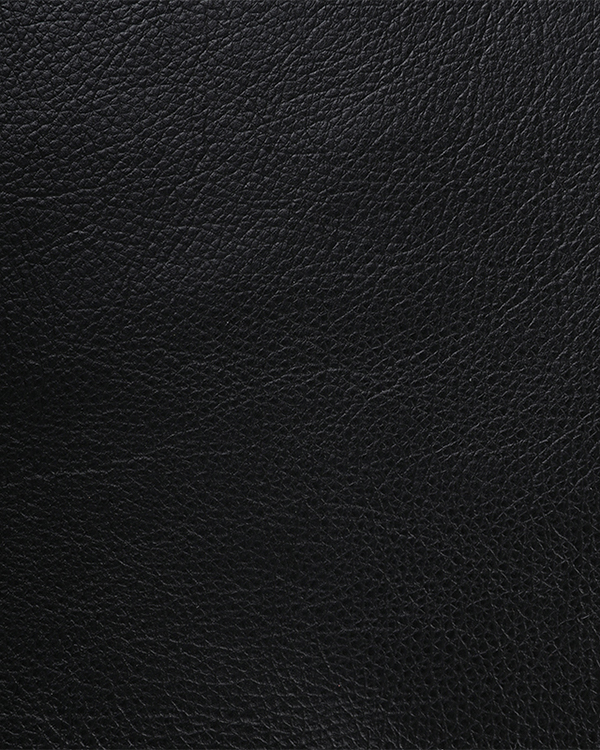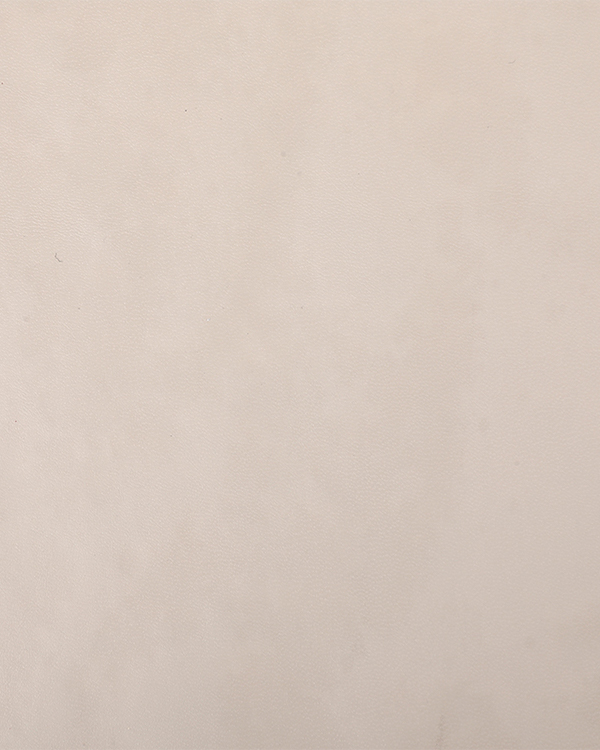Composite fabrics are also fabrics with a large market share. Let's take a look at the introduction of composite fabrics.
Types of composite fabrics
Woven fabrics are compounded with knitted fabrics; knitted fabrics are compounded with knitted fabrics; woven fabrics are compounded with woven fabrics. Sports and leisure clothing uses knitted fabric and composite knitted fabric, which has the effect of woven fabric and has good elasticity. Therefore, in the eyes of consumers of this type of clothing, it is still more popular and popular among the public.
Ordinary composite fabric
The fabric and the lining are bonded by adhesives to improve the texture of the fabric, which is suitable for process simplification and large-scale production of garment processing.
Functional composite fabric
The composite fabric has special functions such as waterproof and moisture permeability, radiation resistance, washing resistance and abrasion resistance.
How to distinguish composite fabrics
1. Hand feel: touch the leather surface by hand, if it is smooth, soft, plump, and elastic, it is genuine leather; while the general artificial synthetic leather surface is astringent, rigid, and has poor softness.
2. Seeing: Observe that the real leather surface has clearer pores and patterns, yellow leather has relatively well-proportioned pores, yak leather has thick and sparse pores, goat skin has fish-scale pores, and pigskin has triangular thick pores. The artificial leather, although it also imitates the pores, is not clear. The following will introduce the characteristics and identification methods of pig leather, horse leather, cattle leather and sheep leather: cattle leather has a fine surface and high strength, which is suitable for making leather shoes; sheep leather is light, thin and soft, which is an ideal fabric for leather clothing; It has good air permeability and water vapor permeability, and is more suitable for making underwear and children's products; horse leather has a relatively tight fiber structure and high strength, and is more effective for making leather pants and leather boots. Generally speaking, the thickness, density and distribution of pores on the leather surface are the main basis for distinguishing cattle leather, pig leather, horse leather and sheep leather.
Pig leather: The pores on the surface of the leather are round and large, extending into the leather at an oblique angle. The pores are arranged in groups of three, and the leather surface presents a pattern of many small triangles. Cow leather: Yellow cattle leather and buffalo leather are both called cattle leather, but there are certain differences between the two. The pores on the surface of the cattle leather are round, and extend straight into the leather. The pores on the surface of buffalo leather are larger than that of cattle leather, the number of pores is less than that of cattle leather, and the leather quality is looser than that of cattle leather. Horse leather: The pores on the leather surface are oval, slightly larger than those of cattle leather, and arranged more regularly. Sheep leather: The pores on the leather surface are flat and round, with clear pores.
3. Smell: all real leather has the smell of leather; and artificial leather has a strong irritating plastic smell.
4. Ignition: Tear a little fiber from the back of real leather and artificial leather. After ignition, if there is a pungent smell and knots are formed, it is artificial leather;
Maintenance of composite fabrics
After the reverse side of the maintenance treatment is completed, the front fabric is compounded, and the maintenance treatment is also required. It is worth noting that when the front side is compounded, the front and back fabrics should be aligned with the silk strands, so as to avoid serious weft skew and straight threads. twist, etc. It should be emphasized that the compounded fabric cannot be re-compounded. Even if the material is peeled off, it will greatly affect the yarn of the fabric, and it will become harder and harder, and the fabric is very easy to sew into clothing. Punctured by a needle. Since the film adhesive is made of chemical materials, it will have a certain physical reaction to nylon fabrics. Therefore, it is recommended that customers use polyester fabrics, which can effectively control the color of the fabric before lamination and the color after lamination. , as well as water pressure resistance, air permeability index has a certain impact. The compounded fabrics often have uneven sideways, so the compounding factory must be required to perform trimming treatment, which is beneficial to the cutting of the garment factory. The fabric width is wider than that of cotton woven fabrics.
Waterproof anti-radiation Composite Artificial leather fabric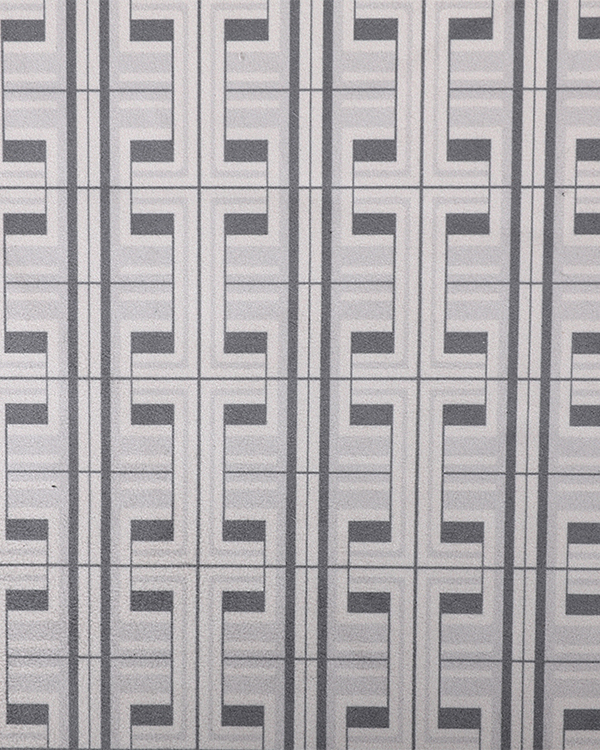
1. Strong abrasion resistance, soft hand feeling and comfortable to use.
2. Waterproof, anti-radiation.
3. Strong cleaning ability.

 English
English Español
Español
